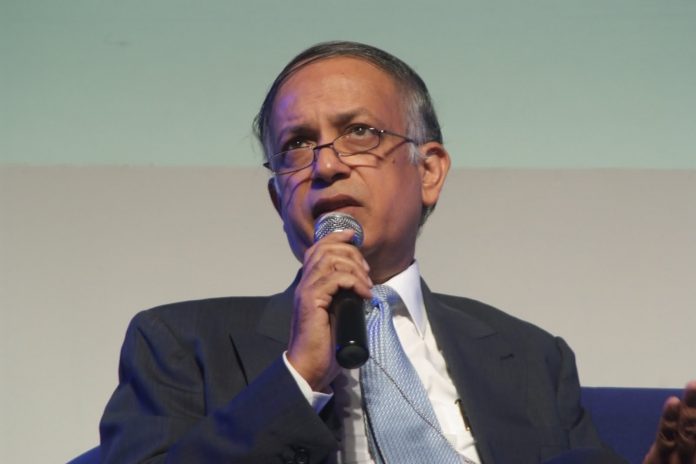It’s time for development finance — from below
By Arjun Thapan*
Purity of intent has never been at a discount in development finance institutions (DFIs). Most of us who spent long years in those hallowed precincts set lofty goals and prescribed ambitious transformation pathways for water utilities. Like crusaders, we pursued an elusive Holy Grail: total institutional reform.
Our quest was to make utilities autonomous, free from all forms of government interference, with tariffs set ‘right’, subsidies eliminated, billing and collection computerised and outsourced, and accounting systems modernised. We believed this cocktail of potions would ensure utilities performed at developed world standards.
Messianic zeal has not translated into desired results. In India, 24/7 water services reach only half of one percent of the urban population, in the towns of Hubli-Dharwad, Belgaum, and Gulbarga. Bangladesh, Bhutan, Nepal, Pakistan, and Sri Lanka paint a similarly bleak picture.
Nor can weak outcomes be blamed on a lack of money. DFIs have invested several billion dollars in these countries’ water utilities. Nevertheless, we failed to create one aviable institution capable of providing a sustained 24/7 water supply service.
If anything, South Asia’s water crisis has become a lot worse with all major urban centres suffering from acute shortages, deteriorating infrastructure, and poor service standards.
Successes have been rare, counted on two fingers. In Manila, with preparatory work by the International Finance Corporation, the two private concessionaires that are now operating public assets have attained high levels of performance in service. And Phnom Penh owes its stellar reforms less to the Asian Development Bank (ADB) or World Bank than to the extraordinary leadership displayed by the company’s general manager and his team.
Was the latter a lucky, flash in the pan? Hardly. If we draw the right conclusions, it offers a scalable and replicable story for us all.
One lesson is that fixation with institutional reform erodes operational performance. For all parties, the topdown approach is optically attractive: the borrower believes that the DFI’s magic wand will affect reform; the DFI’s boards of directors are proud to see staff take a comprehensive view of a complex development issue; and consultants leap at opportunities to write volumes of training manuals, toolkits, and workshop materials.
It’s not that this approach is too difficult to implement. On the contrary, supply-side solutions have come all too easily.
And that’s the problem. What we achieve too effortlessly we value too little.
New source developments, and related infrastructure, have brought in large quantities of water to cities, usually from distant locations. And much of it continues to be lost. In India alone, nonrevenue water has been estimated by the World Bank to range from 40 to 70 percent, roughly a loss of treated water worth US$25 billion annually.
Moreover, our obsessive quest for the holy grail of institutional reform has meant ignoring issues of demand management, energy efficiency, nonrevenue water management, and adapting to climate change impacts.
I have yet to see a solid piece of analytical work demonstrating the economic and financial value of meeting a city’s water needs through reducing water losses and managing demand instead of developing new sources and building new treatment plants. Nor have I seen any major towns or cities in developing Asia work on vulnerability assessments and adaptation plans to build a climate-secure water future.
Yet, blending ‘purity of intent’ with pragmatic instruments can get real results.
The discrete non-revenue water reduction projects in the Bahamas and in Jamaica, funded by the Inter-American Development Bank, have broken new ground.
Similarly, a major component of ADB’s Dhaka Water Supply Network Improvement Project has been transitioning to a 24/7 service. This bottom-up approach, with visible operational performance results, is a key ingredient of overall utility reform that actually works.
So, enough of the social engineering of institutions from on high. Only when DFIs abandon Platonic idealism in favour of credible, performance improvement projects can a real and measurable transformation take root among equal partners.









